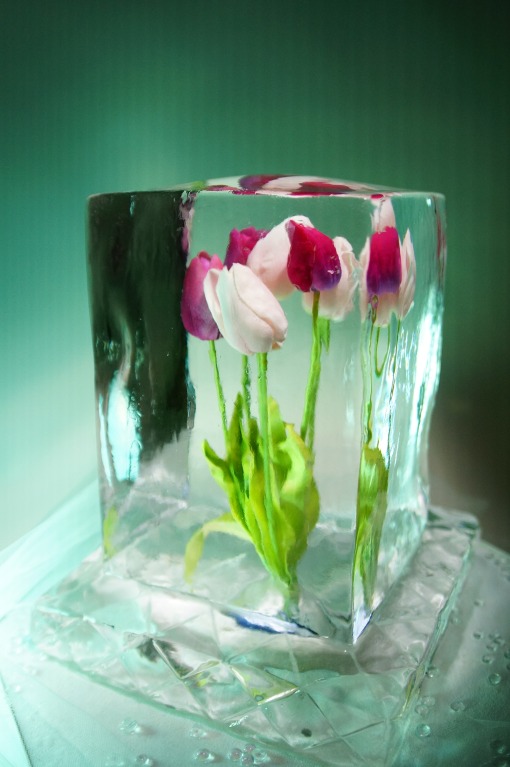I’m often asked when we will be putting out a diffuser for LED Continuous Light Units. The answer to that is, the problem with your images may have issues that have nothing to do with diffusion. It’s the nature of continuous light sources. They do not have metering!
If you have a continuous light source, when your subject moves closer to the light, of course your subject will be brighter. To compensate for that, your DSLR will typically meter on your subject’s face, therefore it will instantly increase the shutter speed or close the aperture to make sure the face isn’t blown out. When the camera does this, the background becomes dark. That’s because the difference in the mixture of your continuous light and the background is greater.
Using continuous lighting is therefore preferable for subjects that do not move (as in, portraiture). Additionally, the color temperature of your light will typically not match the background light. You could use a warming, “tungsten” color filter, but when the camera’s auto white balance corrects the color temperature in, say, auto white balance, the entire image will look neutral balanced, or like it was taken outdoors on a cloudy day. This will then no longer look like an indoor image.
This is the reason flash units are used by professionals. Reason 1) TTL metering and the ability to “mix” your available light with your flash pop, 2) auto white balance using flash will produce a midway color temperature between the incandescent tungsten and your subject.



